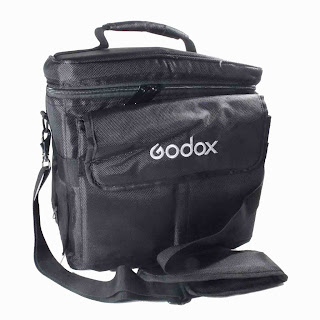Is there anyone out there amongst our clientele who does not know what the orange symbol on the blue ground is? Anyone at all? Good. We all know it is the copyright symbol.
Or was that copywrite? Or copywright? Or coffeeryte?
This sort of doubt does seem to affect some people - particularly some of the people who receive our images. Being confused, they can sometimes attempt to resolve the problem by copying the images and then altering them and publishing them to suit their own purpose. Quite a discovery for the originator of the image to make, particularly if it is sent to him for admiration...a blood pressure sort of discovery.
Having just resolved one of these incidents, hopefully in a gentle manner, I have resolved in future to make sure that each batch of images that goes out will have some indication of what I expect in terms of copyright respect.
1. For a direct delivery of something that has been contracted and paid for like a wedding or a portrait session there will be a statement on the disc:
" Here you go. Yes, that IS you. Yes, you were holding your mouth like that - it's not Photoshopped.
You own the copyright and you can do whatever you want with it. Good luck."
That seems professional enough.
2. For the non-descript sort of job - done for a mate or a mate's mate - or for the social club:
" These images are held within the copyright of the _ _ Studio. Do not copy, distribute, or publish them without the express permission of the _ _ Studio. Really. Don't."
With a bit of luck that should limit the disc burning to a small circle of two hundred and may prevent the most embarrassingly lame images from going viral.
3. For the images that are likely to fall into the hands of other photographers:
" These images are under the copyright of the _ _ Studio. Tempting as it may seem to erase the backdrop of the group shot and strip in another one that suits your ideas, please remember that the image you are altering is backed up by an NEF file with full metadata and a cheap solicitor who is hanging out for an excuse to make trouble. Megabytes of trouble. Take your own pictures."
Of course the threat of legal trouble is nothing but hot air, at least at the prices that the legal profession charges. If the _ _ Studio was working for Ford Motors and the Chevy people pinched images we might expect a real battle but that is unlikely to be the case. The most one can hope for is to at least alert the ....ummm..."derivative artist"...that you are aware of your own work.
4. For the images that are really bad - that hurt the recipient and cause general depression and disgust:
" These images were taken by_ _ _ and their address is _ _ _ _. What are you going to do about it, Loser?"
You can insert the name of any other studio in the blanks. This makes a nice "Welcome to the profession" gift for a new graduate.
Uncle Dick, proprietor of the _ _ Studio
Labels: copyright, general photography


















































